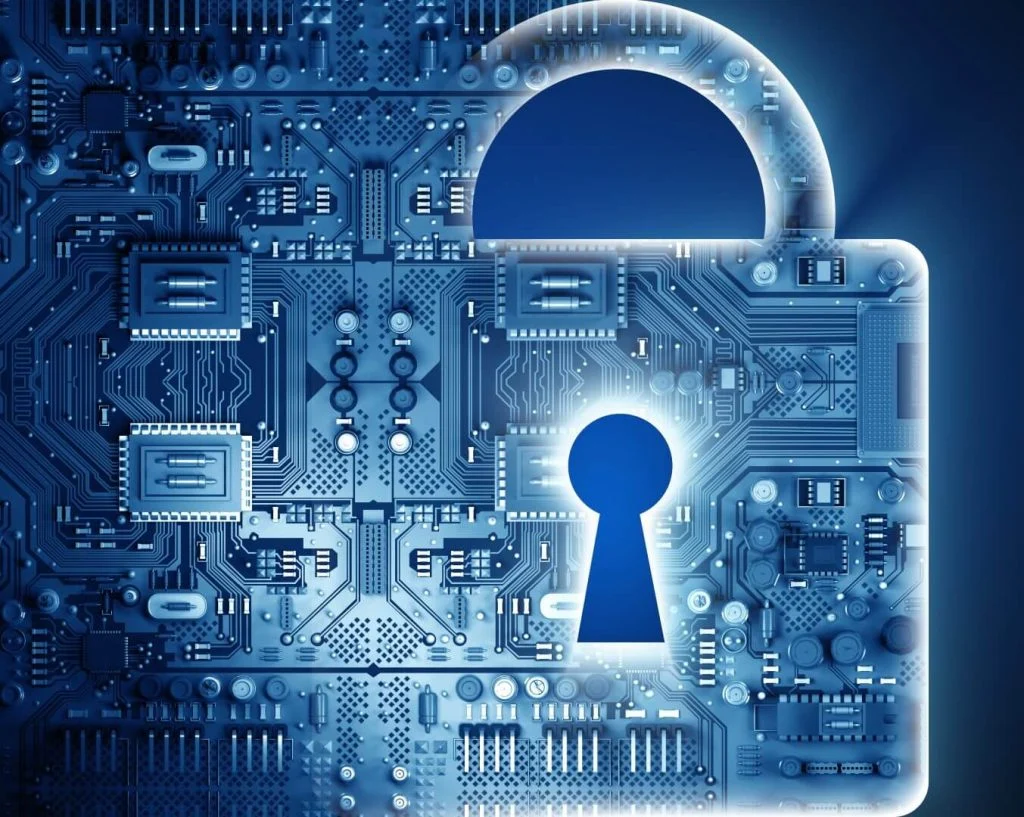In today’s digital age, where technology permeates every aspect of our lives, the importance of cybersecurity cannot be overstated. Cyber threats are constantly evolving, becoming more sophisticated and pervasive, posing significant risks to individuals, businesses, and governments alike. From data breaches to identity theft, cybercriminals are constantly finding new ways to exploit vulnerabilities and gain unauthorized access to sensitive information. This article aims to shed light on some of the major cybersecurity threats and provide practical tips on how you can protect yourself.
- Phishing Attacks: Phishing attacks are one of the most common and successful cyber threats. These attacks involve the use of deceptive emails, messages, or websites that appear to be from a legitimate source to trick individuals into providing sensitive information such as login credentials, credit card details, or personal data. To protect yourself against phishing attacks, follow these steps:
- Be vigilant and scrutinize every email or message you receive. Look for suspicious or unexpected requests for personal information or urgent action.
- Avoid clicking on links in emails or messages unless you are certain of their authenticity. Hover over the link to see the actual URL before clicking.
- Double-check the email sender’s address. Cybercriminals often create fake email addresses that closely resemble legitimate ones.
- Install a reliable anti-phishing software that can detect and block phishing attempts.
- Malware Infections: Malware refers to malicious software designed to gain unauthorized access to or damage a computer system. It can take the form of viruses, worms, ransomware, or spyware. Malware infections can occur through infected email attachments, compromised websites, or unauthorized downloads. To protect yourself from malware:
- Keep your operating system, antivirus, and other software up to date. Updates often contain security patches that address vulnerabilities.
- Be cautious when downloading files or programs from the internet. Only download from reputable sources.
- Avoid clicking on suspicious links or pop-up ads. They may lead to malware-infected websites.
- Regularly scan your computer with an antivirus program to detect and remove any malware.
- Social Engineering Attacks: Social engineering attacks rely on manipulating individuals to divulge confidential information or perform actions that may compromise their security. These attacks can involve impersonation, pretexting, or baiting. Protect yourself from social engineering attacks by:
- Being skeptical of unsolicited requests for personal or financial information, even if they appear to come from a trusted source.
- Verifying the identity of individuals or organizations before sharing sensitive information.
- Avoiding oversharing personal information on social media platforms, as it can be used to build a profile for social engineering attacks.
- Educating yourself about common social engineering techniques to recognize and avoid them.
- Weak Passwords and Credential Theft: Weak passwords and credential theft remain significant cybersecurity concerns. Many people still use simple, easily guessable passwords or reuse the same password across multiple accounts. To enhance your password security:
- Create strong passwords that include a mix of uppercase and lowercase letters, numbers, and symbols.
- Use a unique password for each online account.
- Consider using a password manager to generate and store your passwords securely.
- Enable two-factor authentication whenever possible to add an extra layer of security to your accounts.
- Wi-Fi Network Vulnerabilities: Public Wi-Fi networks are convenient, but they can also pose significant security risks. Hackers can intercept data transmitted over unsecured Wi-Fi networks, potentially gaining access to your personal information. Protect yourself when using public Wi-Fi:
- Avoid accessing sensitive information, such as banking or shopping websites, when connected to public Wi-Fi networks.
- If you must use public Wi-Fi, consider using a virtual private network (VPN) to encrypt your internet connection and ensure data privacy.
- Disable automatic Wi-Fi connections on your devices to prevent connecting to unknown or untrusted networks.
- Data Breaches: Data breaches occur when cybercriminals gain unauthorized access to sensitive information stored by organizations. These breaches can expose personal information, including names, addresses, social security numbers, and financial details. While you may not have control over an organization’s security measures, you can take steps to minimize the impact of data breaches:
- Regularly monitor your financial accounts and statements for any suspicious activity.
- Enable alerts on your financial accounts to receive notifications of any unauthorized transactions.
- Consider freezing your credit with the major credit bureaus to prevent fraudulent accounts from being opened in your name.
- Be cautious of any unexpected communications claiming to be related to a data breach. Verify the legitimacy of the communication through official channels before responding.
In conclusion, cybersecurity threats are a constant concern in today’s digital landscape. By understanding the major threats and implementing effective security measures, you can significantly reduce your risk of falling victim to cybercrime. Stay informed, be vigilant, and take proactive steps to protect your digital life. Remember, cybersecurity is a shared responsibility, and everyone must do their part to create a safer online environment.



